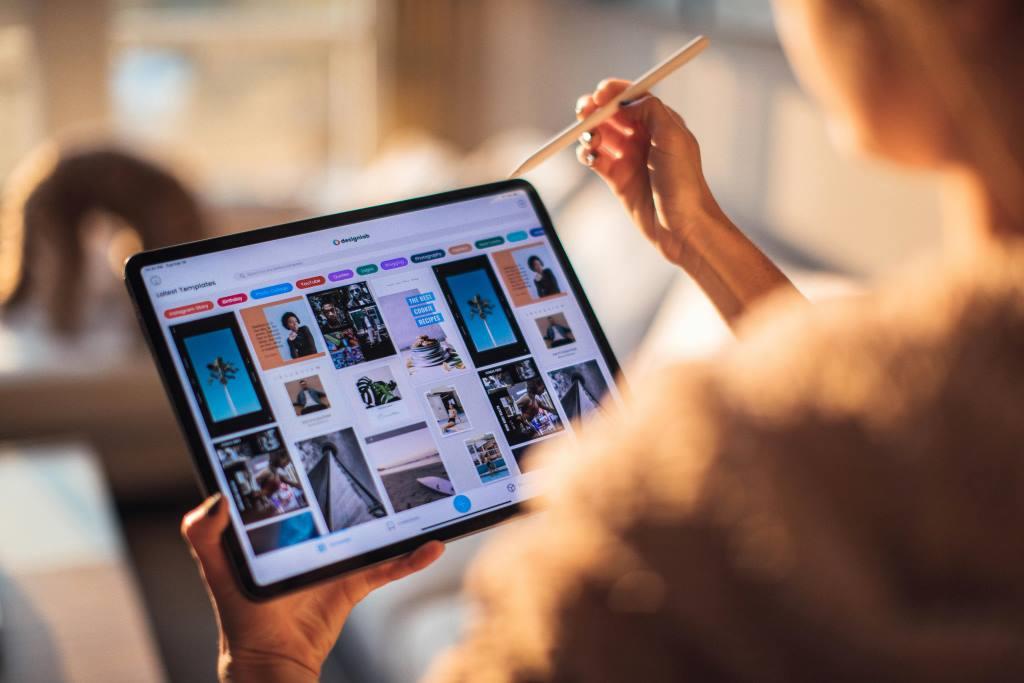The Importance of Having a Digital Marketing Strategy

A well-crafted digital marketing strategy is essential for businesses to succeed in today’s online landscape. By having a clear strategy, you can: – Define your target audience and goals– Choose effective marketing channels– Create engaging content and experiences– Measure and optimize performance Consider the following digital marketing channels: – Social media marketing– Email marketing– Content […]
The Importance of Home Security in Today’s World

Home security is a critical concern for homeowners, as it provides protection and peace of mind. In today’s world, home security is more important than ever, due to: – Increased crime rates – Advanced technology and smart homes – Growing concern for family safety By investing in a comprehensive home security system, homeowners can protect […]

